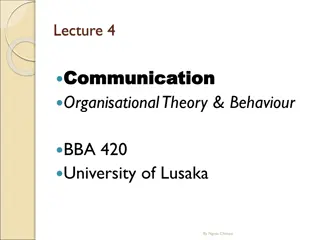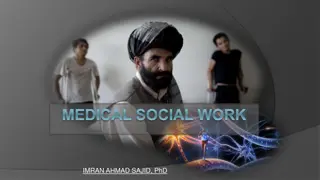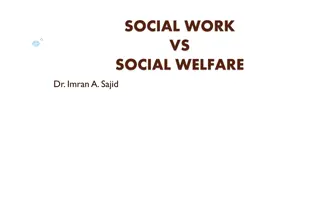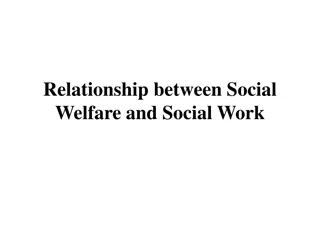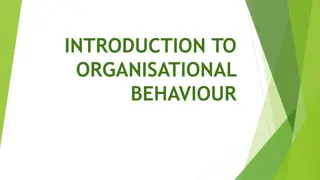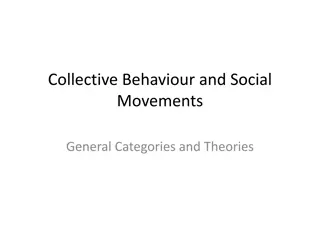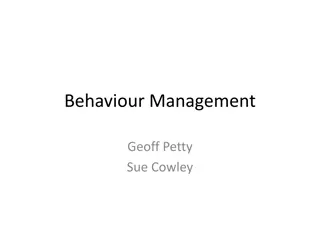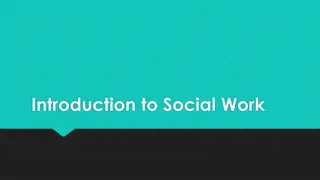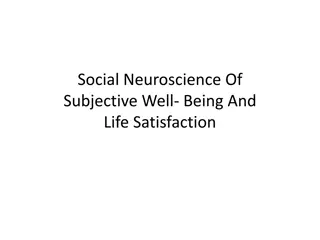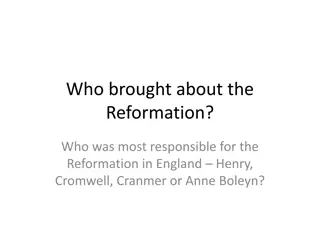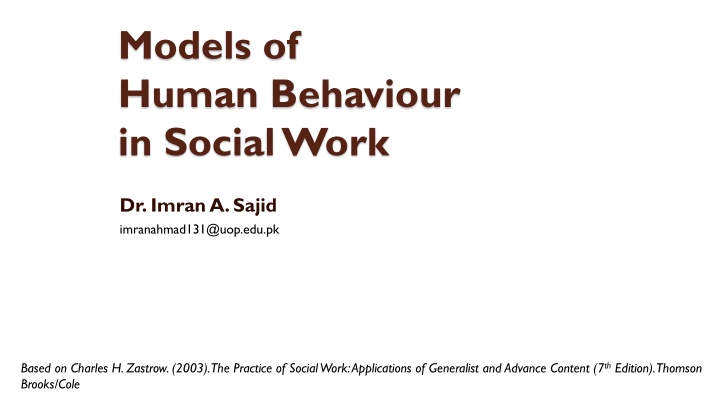
Human Behaviour Models in Social Work: Medical vs Ecological Perspective
Explore the evolution of human behavior models in social work, focusing on the Medical Model from the 1920s-1960s and the emergence of the Ecological Model in the 1960s. Discover how the Medical Model viewed clients as patients with internal problems, while the Ecological Model emphasized external environmental factors impacting clients. Understand the shift in social work towards a more holistic approach considering both internal and external influences on client well-being.
Download Presentation

Please find below an Image/Link to download the presentation.
The content on the website is provided AS IS for your information and personal use only. It may not be sold, licensed, or shared on other websites without obtaining consent from the author. If you encounter any issues during the download, it is possible that the publisher has removed the file from their server.
You are allowed to download the files provided on this website for personal or commercial use, subject to the condition that they are used lawfully. All files are the property of their respective owners.
The content on the website is provided AS IS for your information and personal use only. It may not be sold, licensed, or shared on other websites without obtaining consent from the author.
E N D
Presentation Transcript
Models of Human Behaviour in Social Work Dr. Imran A. Sajid imranahmad131@uop.edu.pk Based on Charles H. Zastrow. (2003). The Practice of Social Work: Applications of Generalist and Advance Content (7th Edition). Thomson Brooks/Cole
Medical Model Ecological Model
MEDICAL MODEL 1920s-1960s Founder Sigmund Freud View clients as patients Service providers Diagnose the causes of a patient s problems and then provide treatment Problems Inside the patient Emotional & Behavioural problems mental illness Medical labels
e.g. Anxieties Depression Psychosis Neurosis e.g. schizophrania, paranoia, delusional disorder, psychosis, phobia, bipolar disorder, Personality Disorder
Personality Disorder 1. Paranoid: A pattern of distrust and suspicion such that others motives are interpreted as malevolent 2. Schizoid: A pattern of detachment from social relationships & a restricted range of emotional expression. 3. Schizotypal: A pattern of acute discomfort in close relationships, cognitive or perceptual distortions, & eccentricities of behaviour 4. Antisocial: a pattern of disregard for and violation of the rights of others. 5. Borderline: a pattern of instability in interpersonal relationships, self-image, and affect; also characterized by marked impulsivity. 6. Histrionic: A pattern of excessive emotionality and attention seeking. 7. Narcissistic: a pattern of grandiosity, need for admiration, and lack of empathy. 8. Avoidant: a pattern of social inhibition, feelings of inadequacy, and hypersensitivity to negative evaluation. 9. Dependent: a pattern of submissive and clinging behaviour related to an excessive need to be taken care of. 10. Obsessive-compulsive: a pattern of preoccupation with orderliness, perfectionism, and control
Why Medical Model arose? The medical model arose in reaction to the historical notion that emotionally disturbed were possessed by demons, were mad, and were to be blamed for their disturbances. These people were treated by being beaten, locked up, or killed. The medical model viewed the disturbed as in need of help, stimulated research into the nature of emotional problems, and promoted the development of therapeutic approaches.
ECOLOGICAL MODEL In the 1960s, some social work scholars began to question the usefulness of medical model. Environmental factors were shown to be at least as important as internal factors in causing a clients problems. Research was also demonstrating that psychoanalysis was probably ineffective in treating client s problems. In the 1960s, social work shifted at least some of its emphasis to a reform approach, which seeks to change systems to benefit clients.
Person-in-Environment Family System Social Services System Educational System People interact with many systems. Person Goods and Services System Political System Religious System Employment System
With this conceptualization, social worker can focus on THREE separate areas: First, it can focus on the person and seek to develop his or her problem-solving, coping, and developmental capacities. Second, it can focus on the relationship between a person and the systems he or she interacts with and link the person with the needed resources, services, and opportunities. Third, it can focus on the systems and seek to reform them to meet the needs of the individual more effectively.
Problems Ecological model views individuals, families, and small groups as having transitional problems and needs as they move from one life stage to another.
Individuals have lifecycles & Transitional Problems Individuals face many transitional changes as they grow older, like 1. learning to walk, 2. entering first grade, 3. adjusting to puberty, 4. graduating from school, 5. finding a job, 6. getting married, 7. having children, and 8. retiring etc.
Families have lifecycles & Transitional Problems Families also have a life cycle. Here are only few of the events that require adjustment: Engagement, marriage, birth of children, parenting, children going to school, loss of parents (or divorce)
Small Groups have Lifecycles & Transitional Problems Small groups have transitional phases of development as well. Members of small groups spend time getting acquainted, gradually learn to trust one another, begin to self-disclose more, learn to work together on tasks, develop
Central Concern of Ecological Model The model s central concern is to articulate the transitional problems and needs of individuals, families, and small groups. Once these problems and needs are identified, interaction approaches are then selected and applied to help individuals, families, and small groups to resolve the transitional problems and meet their needs. An ecological model can also focus on maladaptive interpersonal problems and needs in families and groups, including communication processes and dysfunctional relationship patterns.
1. Medical Social Work / Paraplegic Rehabilitation Workers 2. Social Work with Drug Addicts 3. Child Protection Worker 4. Women Protection Worker 5. Social Workers with Offenders 6. Social Workers in Special Education




